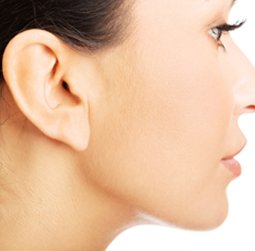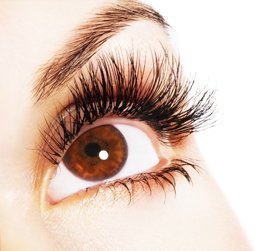Reasons to Consider Getting a Rhinoplasty

There are Many Benefits to Getting a Rhinoplasty
When your facial features are proportional and symmetrical, it enhances your natural beauty. Studies have shown that patients who get cosmetic rhinoplasties feel more confident about their overall appearance and have a better quality of life as a result. This is why cosmetic rhinoplasty remains one of the most popular cosmetic procedures amongst men and women across the world.
In addition to improving your overall appearance, there are many health benefits to getting a cosmetic rhinoplasty as well. Here is a list of reasons why you should consider getting a rhinoplasty as well as what makes someone a good candidate for the procedure.
What Changes will a Rhinoplasty have on My Appearance?
Getting a cosmetic rhinoplasty will improve any of the following issues:
- Having a nose that’s too wide for your face.
- A crooked or malformed nose.
- A birth deformity
- A bump on the bridge of your nose.
- A bulbous nasal tip.
- An elongated nasal tip.
- Damage caused by injury.
- Having a breathing problem caused by blocked nasal passages or a deviated septum.
More Reasons for getting a Rhinoplasty
- It can improve your self-confidence and self-esteem.
- It can improve your quality of life by correcting serious breathing problems. In addition, it can alleviate chronic snoring, which has been linked to everything from insomnia to heart health issues. Therefore, by getting a rhinoplasty you can avoid or eliminate these related health issues.
- It can prevent you from getting sinus infections and sinusitis.
- It can correct frequent nosebleeds.
- It can fix how your nose looks and feels after an accident.
Am I a Good Candidate for a Rhinoplasty?
- Age: In order to achieve successful rhinoplasty results, the patient’s nose needs to have stopped growing. For girls, growth continues until age 14 and, for boys, until age 16 – however, it is up to the parents to decide whether their child is emotionally mature enough for plastic surgery.
- Realistic Expectations: If you are looking to improve your overall appearance but you understand that it is not possible to achieve perfection, then you are a good candidate for rhinoplasty. In order to set realistic expectations for yourself, it’s best to have an open discussion with your surgeon before your surgery.
- Knowledge: The best rhinoplasty candidates are the ones who have educated themselves about the procedure and have spoken with their surgeon at length prior to having the surgery performed.
- Self-conscious: If you are unhappy and self-conscious about the nose you were born with or an injury altered the shape of your nose, then you are a good candidate for rhinoplasty.
What else should I know about the Procedure?
- If you are unhappy with the results of a previous rhinoplasty, it is possible to get a rhinoplasty revision and have the results of the previous surgery corrected. Because this procedure requires a tremendous degree of skill, it’s important to take care when choosing a surgeon.
- You will find the results of your rhinoplasty get better over time. Initially, there is a lot of bruising and swelling that will dissipate for the most part after the first month. However, it can take up to a year for the swelling to go down completely.
- It is possible for patients to have their noses reshaped using nonsurgical means. This procedure is performed using fillers, and the results last up to a year. While the results are only temporary, it is a great way for patients to get an idea what to expect if they elect to get a rhinoplasty.
- In order to achieve facial symmetry, you may require additional procedures. For example, cheek and chin implant procedures are often performed alongside rhinoplasties.
- Finally, the results of your rhinoplasty depend a lot on the experience and skill of the surgeon that you choose.
Cosmetic Rhinoplasty with Dr. Binder
Dr. Binder is a double board-certified surgeon that has been performing rhinoplasties, as well as rhinoplasty revisions, for three decades. You always know that you have the benefit of both skill and experience when you choose Dr. Binder as your surgeon.
If you have any further questions about having a rhinoplasty, please contact Dr. Binder today, and he will be happy to discuss them with you.









